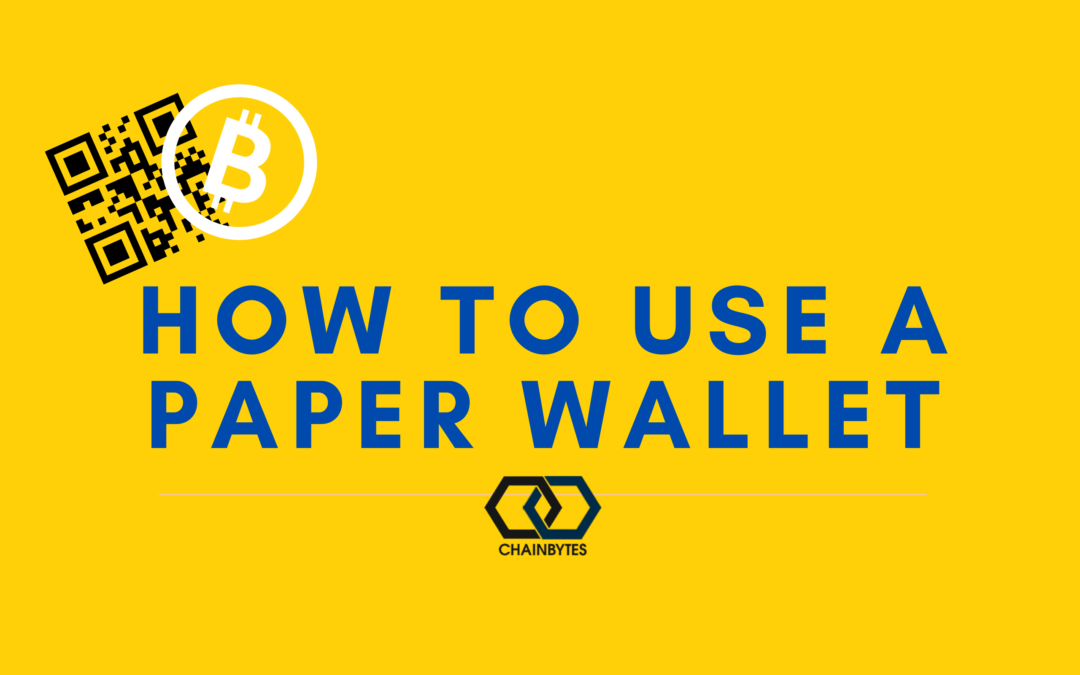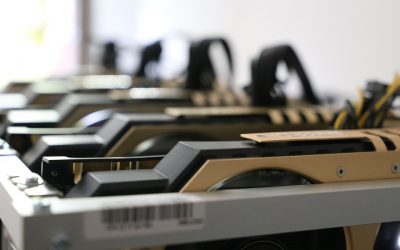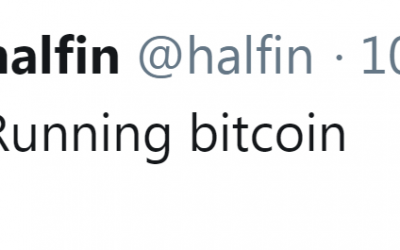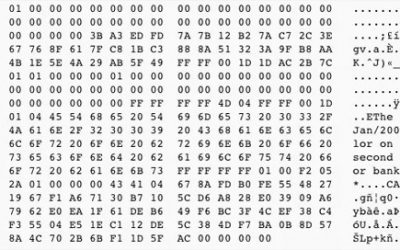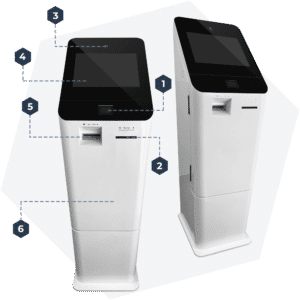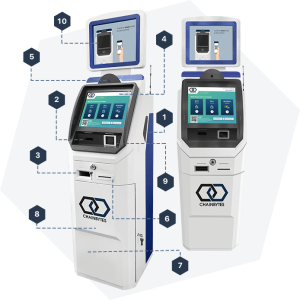Right now, adoption of bitcoin and other cryptocurrencies around the world is booming. All transactions in this space require use of a crypto wallet, most of which are available online.
However, if you are completely new to bitcoin or using a Bitcoin ATM (BTM) for the first time, you probably do not have a crypto wallet. Luckily for you, ChainBytes Bitcoin ATM’s make it easy for first time users by issuing what is called a paper wallet.
When using the BTM kiosk, if a user doesn’t have crypto wallet, they can still buy bitcoin by selecting the paper wallet option. The paper wallet is then printed from the machine and contains the address and private key information.
What is the address and private key?
The address is what is made available to the public and where a user receives bitcoin. The private key is like a password that authenticates a user’s wallet. This address is kept confidential and is used for sending and receiving bitcoin. Private key information should be kept secret because if someone takes it, they can steal the wallet’s assets.
What happens after the paper wallet is printed?
After a user gets the paper wallet printout, they insert cash into the Bitcoin ATM to buy bitcoin. The bitcoin they purchase will be sent to the address printed on the paper wallet. The user can verify the bitcoin purchased using a block explorer and searching for the paper wallet address.
Then the next time the person wants to buy or sell bitcoin, they can use the paper wallet by scanning the QR code from the printout. Once that information is verified, they can exchange bitcoin directly with the Bitcoin ATM. The Bitcoin ATM recognizes the QR code containing the wallet address and allows the user to access their balance.
While paper wallets initially allow users to buy bitcoin, it is not the best method of storing bitcoin or other cryptocurrencies. Users might lose the printout or worse, it could be stolen and used by another person. The ink on the paper is also prone to fading, and this can affect the quality of the QR code and print.
Users will eventually want to import it to a personal or mobile wallet which can be an app stored on a smartphone. Various wallets are available online for download. Once a user installs a wallet on their smartphone, they can easily import their paper wallet to their new mobile wallet.
Follow us on Social Media:
In the meantime, you can follow us on our channels, visit our website, or call us directly!
Check out our website, https://www.chainbytes.com
Give us a call! +1 (415) 529-5777 or shoot us an email.
Related News
Ethereum Constantinople Network Update
The Ethereum community eagerly awaits the much anticipated Constantinople hard fork, or as Vitalik Buterin suggested recently on twitter, “network update”. According to ethereum.org’s blog, the update will implement 5 Ethereum Improvement Proposals (EIPs) to...
First Bitcoin Tweet
Hal Finney was an Engineer who worked in the computer gaming and cyber security industry. He was a Cryptographic Activist and created the first reusable proof of work system before Bitcoin. On January 10, 2009 he posted the very first tweet about Bitcoin. Hal Finney...
Genesis Block 10th Anniversary
On January 3, 2019 the Bitcoin community celebrated the 10th anniversary of the genesis block. 10 years ago, in the middle of a global financial crisis, the first block of the Bitcoin blockchain was mined. Satoshi Nakamoto included in the blockchain a headline from...

